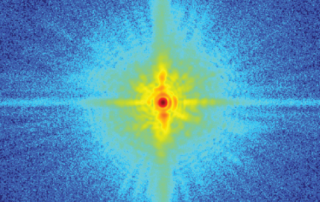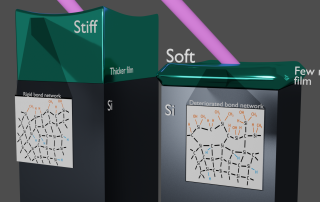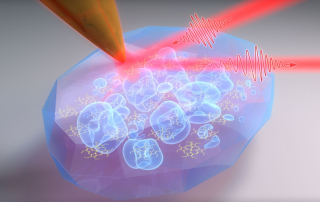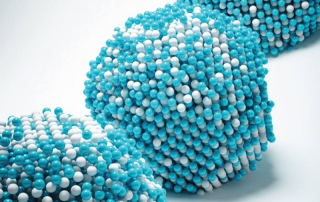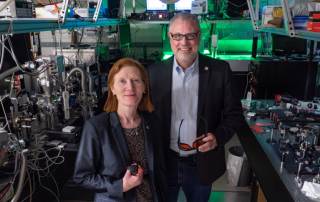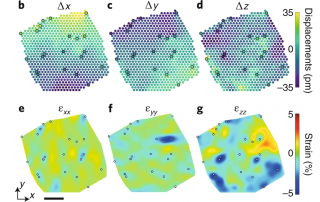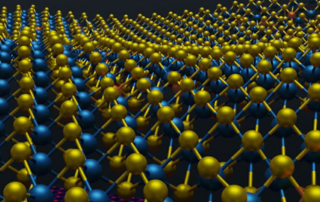Diffractive Imaging in a Flash
Ultrashort light pulses on the time scale of attoseconds provide a window into some of the fastest electronic effects occurring in solid-state systems. Obtaining structural information through coherent diffractive imaging is usually done with monochromatic x-ray sources. However, ultrashort pulses are inherently broadband, and getting transient structural information on such short time scales is challenging. Rana et al. describe a method that works with the broadband nature of ultrashort pulses. They split the pulses into 17 different wavelengths and then used an algorithm to computationally stitch together the diffraction patterns from each wavelength to reveal the structural image optimized across all wavelengths. Demonstrating the technique at optical wavelengths illustrates the feasibility of applying the method to ultrafast x-ray pulses.
Phys. Rev. Lett. 125, 086101 (2020).
